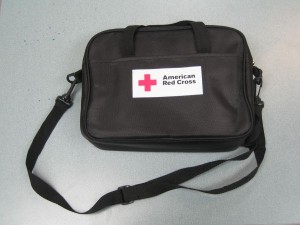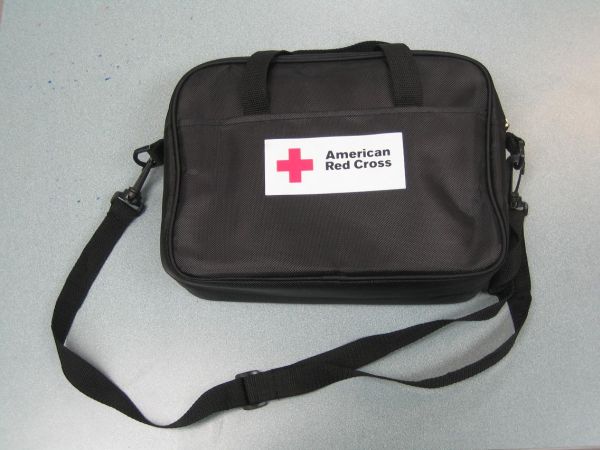If a person nearby experiences cardiac arrest, the tendency is to panic, not knowing how to rescue or how to perform CPR. One only needs to remember the CAB priorities of CPR. Formerly known as the ABC’s of CPR, the 2010 CPR 
The rationale behind this is that people can hold their breaths for a minute or two without it resulting to brain damage. The same is true for cardiac arrest victims. The immediate need of cardiac arrest victims is blood circulation. Moreover, the American Heart Association explains that there is an unnecessary delay if the airway was first opened before initiating chest compressions. By rearranging the sequence to CAB, chest compressions will be commenced quicker with minimal delay in ventilation until the first cycle of chest compressions is completed at the rate of 30 compressions in 18 seconds. Therefore, the victim has to only hold his/ her breath for an additional 18 seconds before blood flow is restored to the brain and different organs of the body.
Therefore, the CAB acronym is now used to help remember the steps of performing CPR. Circulation is performed to restore blood circulation via chest compressions. To begin, position the person on his or her back in a steady, stable surface. Kneel beside the victim’s neck and shoulders. Put the heel of the first hand over the on the sternum, the center of victim’s chest, in between the nipples. The second hand must be placed on top of the first hand. While keeping the elbows straight, place the shoulders directly above the hands. Using the entire upper body weight, push straight down and push hard on the chest (at least two inches). The rate should be at least 100 compressions per minute. If one is trained in CPR, continue by checking airway and rescue breathing. On the other hand, if one is not trained in CPR, continue performing chest compressions until there are signs of consciousness or emergency medical personnel arrive.
Assuming the rescuer has had CPR training, the next important step is to open the airway. After 30 chest compressions, position the palm of the first hand on
the victim’s forehead and lightly tilt the head back. Using the other hand, lightly lift the chin to clear airway. Observe for chest motion for not greater than five or ten seconds. Listen for sounds of normal breathing. Sense for victim’s breathing on the cheek and ear. If
there is no normal breathing, begin mouth-to-mouth by pinching the nose and taking a deep breath. Seal the victim’s mouth with the rescuer’s mouth and give the first rescue breaths lasting one second. Observe for rise and fall of chest with every breath. If there is none, give the second rescue breath. If there are still no signs of consciousness, complete another cycle of 30 chest compressions and two rescue breaths.
CPR is very important and may just help save a life. Proper training of CPR may be learned from CPR courses offered by various institutions such as workplace approved.

